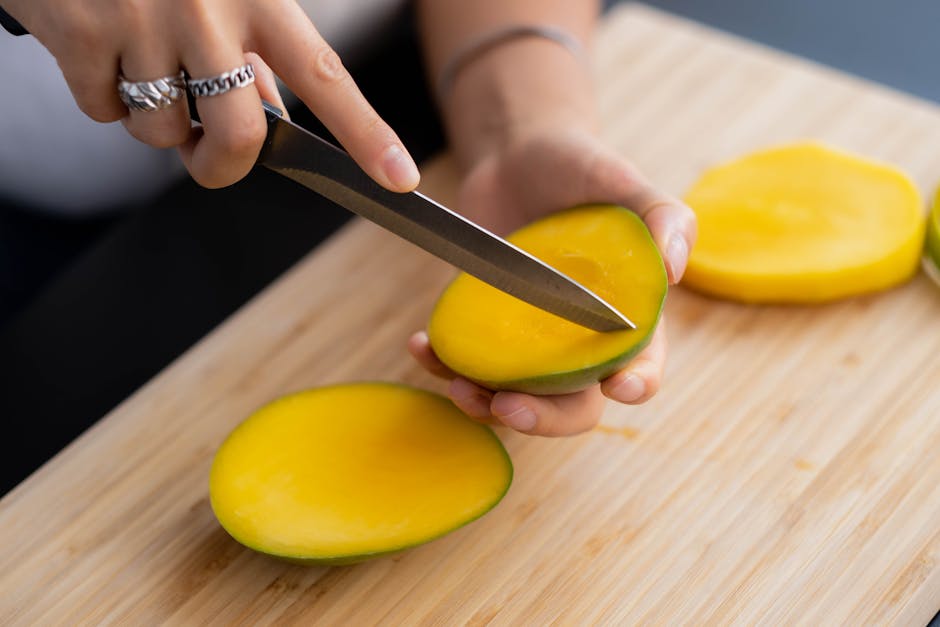How to Take a Cooking Class Abroad: A Complete Guide
How to take a cooking class abroad is a question at the heart of culinary travel, food tourism, and hands-on travel experiences. Whether you’re a passionate foodie or a curious traveler, international cooking classes offer a unique way to immerse yourself in local culture, learn to cook authentic dishes, and create unforgettable memories on your journey. This complete guide will walk you through everything you need to know to make the most of your next culinary adventure abroad.
Why Take a Cooking Class Abroad?
Traveling is about more than sightseeing—it’s about engaging all your senses and connecting with a place on a deeper level. International cooking classes provide an authentic window into a region’s traditions, flavors, and daily life. By joining a local class, you don’t just watch from the sidelines; you roll up your sleeves and participate in the creative process. These hands-on experiences let you learn to cook local food, understand ingredient sourcing, and pick up culinary techniques directly from passionate cooks and chefs.
Food tourism is booming because travelers crave these immersive moments. Imagine kneading dough for pizza in Naples, stirring a fragrant tagine in Marrakech, or steaming sticky rice in Laos. Each destination has its own culinary story, and cooking classes offer a direct line to the heart of that narrative. Not only do you gain new skills, but you also bring home recipes and stories that last a lifetime. Plus, cooking classes often include market visits, tastings, and communal meals, making them perfect for solo travelers, couples, or groups seeking meaningful connections.
How to Choose the Right Cooking Class Abroad
With so many options worldwide, selecting the right international cooking class can feel overwhelming. Start by considering your destination and the type of cuisine you want to explore. Are you interested in classic French techniques, vibrant Thai street food, or rustic Italian pasta making? Research classes that focus on local specialties and align with your dietary preferences—many destinations now offer vegetarian, vegan, or allergy-friendly options.
Duration and format are also important. Some classes are short, half-day workshops, while others span several days for a deeper dive into culinary traditions. Group size matters too: smaller classes often provide more personalized instruction and interaction. Check reviews on aggregator sites and travel forums to gauge the quality of instructors and overall experience. Look for classes that include extras like market tours, ingredient sourcing, or cultural history lessons. Finally, consider your language skills—many international cooking classes are offered in English, but taking a class in the local language can be a rewarding challenge if you’re comfortable.
What to Expect During Your Culinary Travel Experience
Stepping into a cooking class abroad is stepping into a world of flavors, aromas, and traditions. Most experiences begin with a warm welcome from your host or chef, followed by an introduction to the day’s menu. Many classes start with a guided visit to a local market or farm, where you’ll learn how to select the freshest ingredients and discover regional staples. This is a chance to engage with local vendors and understand the culinary roots of the area.
Back in the kitchen, you’ll receive hands-on instruction—chopping, mixing, seasoning, and cooking each component of the meal. The best classes balance learning with fun, encouraging questions and experimentation. Along the way, you’ll pick up tips on technique, presentation, and even wine or beverage pairings. Once the dishes are complete, everyone gathers to enjoy the meal together, sharing stories and savoring the flavors you’ve created. This communal dining is often a highlight, fostering friendships and cultural exchange.
Tips for Making the Most of Your International Cooking Class
To fully embrace the hands-on travel experience, come prepared with an open mind and a willingness to learn. Wear comfortable clothing and closed-toe shoes, and bring a notebook or device to jot down recipes and tips. Ask questions about substitutions or techniques so you can recreate the dishes at home. If your class includes a market visit, take photos and notes about unfamiliar ingredients.
Be respectful of local customs and kitchen etiquette—each culture has its own approach to food preparation and dining. Don’t be afraid to try new flavors or cooking methods, even if they’re outside your comfort zone. Engage with your classmates and instructors; these connections often lead to deeper cultural understanding and travel friendships. Finally, savor the process as much as the final meal. Cooking classes abroad are about discovery, creativity, and the joy of sharing food with others.
